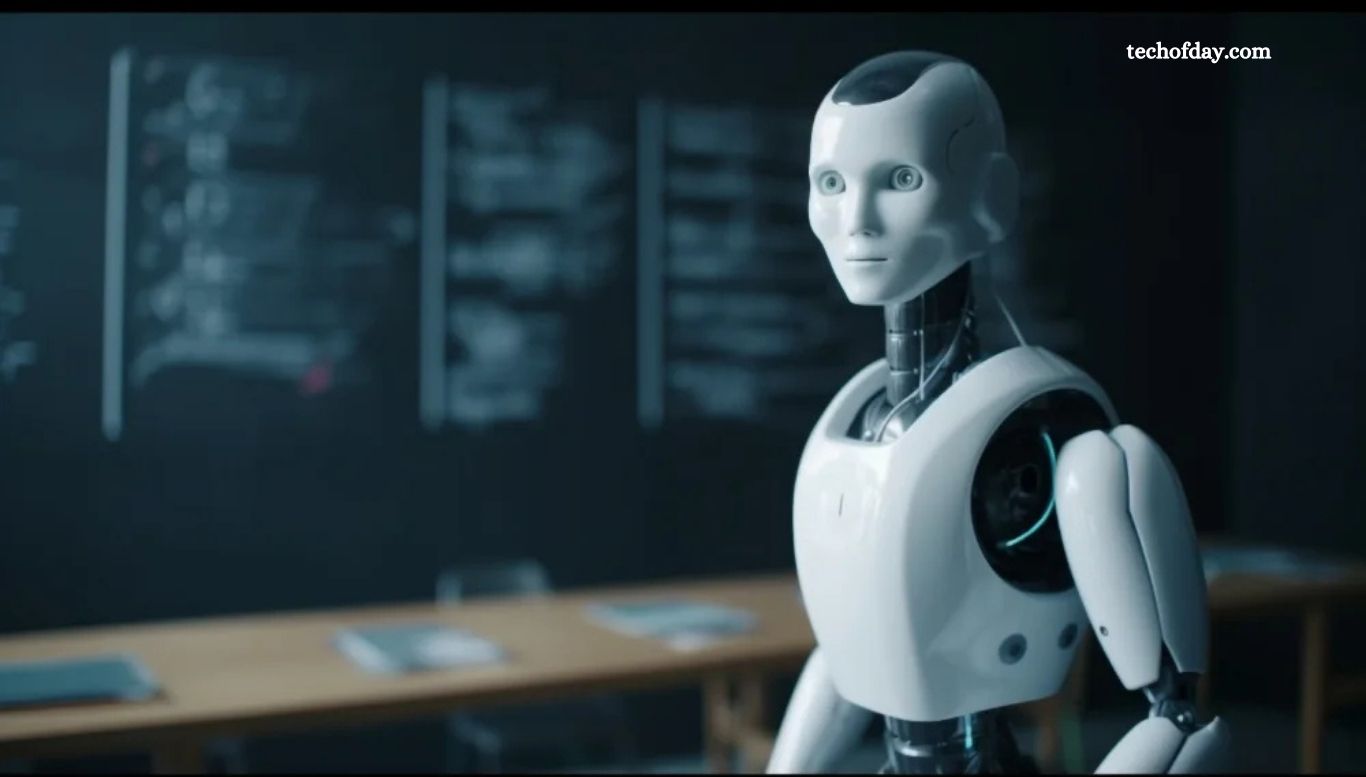Robots Dot to Dot Nattapong: A Fun Journey into Creativity and Learning

Technology and education increasingly intersect, making “robots dot to dot” a compelling fusion of art, engineering, and cognitive growth. Nattapong stands out as an innovative initiative that integrates these elements through interactive learning. This blog explores its applications, benefits, and potential to transform how children and enthusiasts engage with robotics and creativity.
What is Robots Dot to Dot Nattapong?
Robots Dot to Dot Nattapong is a creative activity where participants connect dots to reveal robotic-themed images. Combining drawing, puzzles, and robotics, it offers an interactive learning experience. These activities can be conducted through worksheets, digital apps, or physical setups, with robots enhancing engagement by contributing to the image creation.
The Vision Behind Nattapong
Nattapong fosters creativity and critical thinking by blending technology with playful learning. It offers children a platform to explore robotics while expressing individuality through art. By turning abstract robotics concepts into tangible outcomes, this approach enhances understanding through hands-on engagement.
Read More: Rena Monrovia: Transporting Goods by Car
Why Dot to Dot Activities?
Cognitive Development
Dot-to-dot activities enhance focus, fine motor skills, and problem-solving abilities. Following sequences strengthens numerical or letter recognition while improving hand-eye coordination, spatial awareness, and concentration—key skills for robotics and STEM fields.
Art Meets Technology
Robots Dot to Dot Nattapong blends creativity with technology. Traditional dot-to-dot exercises develop artistic skills, but integrating robotics adds excitement, sparking curiosity about how robots work. This fusion makes STEM education more engaging and interactive.
How to Explore Robots Dot to Dot Nattapong
For Educators
Classroom Integration: Teachers can design robotics-themed dot-to-dot worksheets, using them to teach geometry, sequencing, and technology at various skill levels.
Maker Spaces: Incorporating robotics into maker spaces allows students to program small robots to draw dot-to-dot images, enhancing coding and hands-on learning.
Collaborative Projects: Students can work in groups to create and refine their own robotics-inspired dot-to-dot designs, fostering teamwork and creativity.
For Parents
At-Home Activities: Download robotics-themed dot-to-dot worksheets for family game nights, promoting cognitive skills and quality bonding time.
Digital Platforms: Explore interactive apps offering robotics dot-to-dot activities to enhance digital literacy while making learning fun.
Incorporating Art: Encourage children to color or paint completed images, strengthening artistic expression and reinforcing the robotic theme.
For Enthusiasts
Experienced artists and tech lovers can create custom dot-to-dot robotic challenges using laser cutters, 3D printers, or coding platforms to design and automate unique puzzles.
The Future of Robots Dot to Dot Nattapong
As technology advances, educational robotics will continue to evolve. Modernizing classic activities like dot-to-dot fosters innovation, paving the way for features like augmented reality (AR), where users can visualize completed images virtually, enhancing engagement and interaction.
Frequently Asked Questions
What is Robots Dot to Dot Nattapong?
It’s an interactive learning activity that combines traditional dot-to-dot puzzles with robotics, fostering creativity, problem-solving, and STEM education.
How does this activity support cognitive development?
It enhances focus, fine motor skills, spatial awareness, and problem-solving abilities while reinforcing numerical order and sequencing concepts.
Can teachers use Robots Dot to Dot Nattapong in classrooms?
Yes, educators can integrate it through worksheets, coding exercises, and maker space projects, making learning more engaging and interactive.
How can parents introduce this concept at home?
Parents can use printable worksheets, interactive apps, and creative activities like coloring completed images to enhance learning and bonding time.
What role does technology play in this activity?
Technology, including coding platforms and small programmable robots, adds an interactive element, allowing users to automate dot-to-dot creations.
Are there digital tools available for Robots Dot to Dot activities?
Yes, several apps and coding platforms offer digital versions, enabling users to engage with robotics-themed dot-to-dot tasks in a fun, tech-driven way.
What are the future possibilities for Robots Dot to Dot Nattapong?
Innovations like augmented reality (AR) could allow users to visualize completed images virtually, further enhancing engagement and learning experiences.
Conclusion
Robots Dot to Dot Nattapong seamlessly blends creativity, technology, and education, making learning both fun and engaging. By integrating robotics into traditional dot-to-dot activities, it enhances cognitive skills, fosters artistic expression, and promotes STEM education.
Whether used in classrooms, at home, or by enthusiasts, this innovative approach bridges the gap between art and technology. As advancements like augmented reality emerge, the future of interactive learning will continue to evolve, offering even more exciting ways to inspire creativity and problem-solving.




